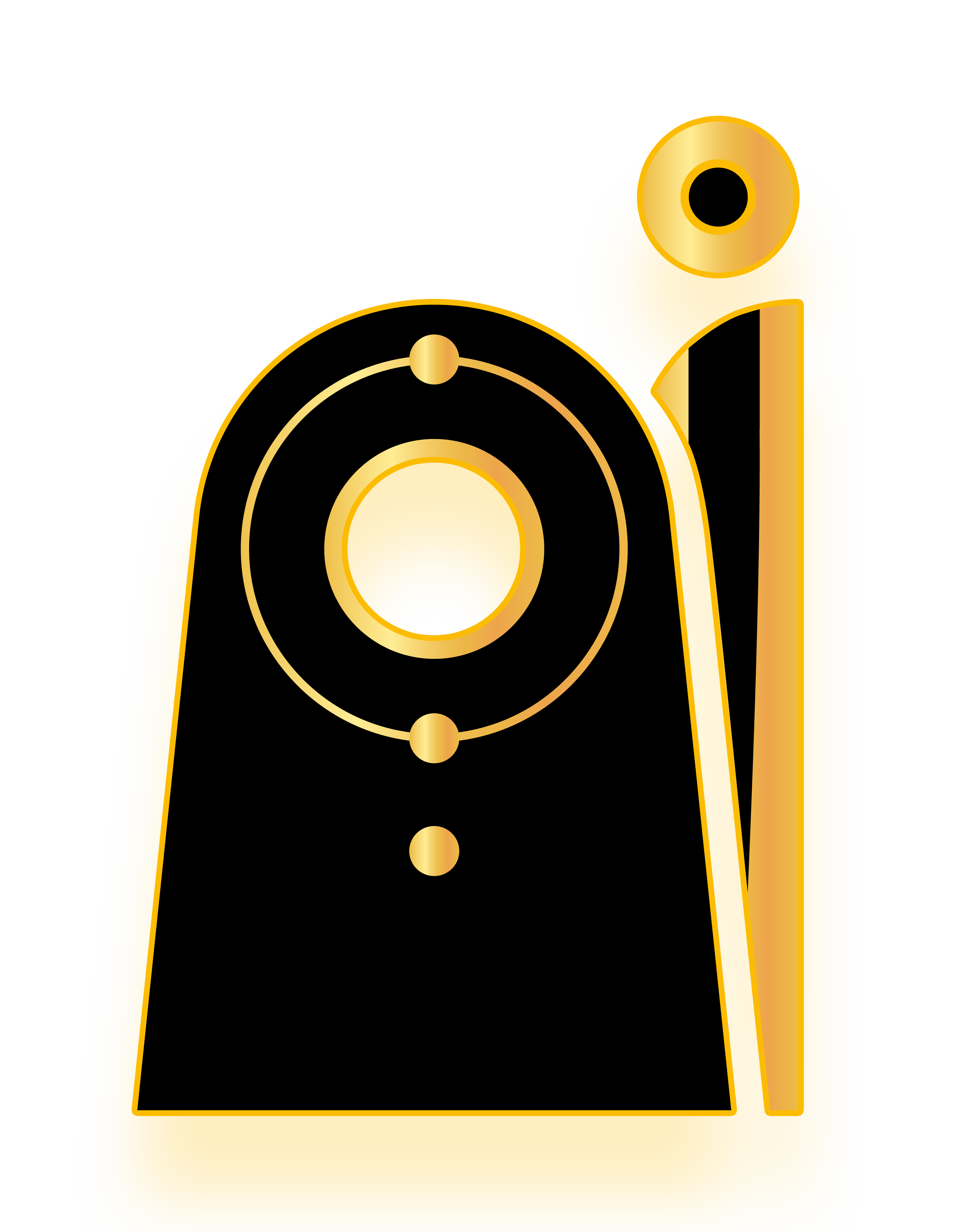In the ever-evolving world of business, marketing strategies have significantly shifted from traditional methods to digital platforms. While both digital and traditional marketing aim to reach consumers and promote products or services, they differ fundamentally in terms of approach, reach, cost, and measurability. Understanding these differences can help businesses make informed decisions about their marketing strategies to achieve the best results. Let’s explore how digital marketing is different from traditional marketing.
1. Reach and Audience Targeting
Traditional marketing relies on mediums such as television, radio, print, and outdoor advertising to reach a broad audience. While effective, these methods often lack precision in targeting specific demographics. For example, a TV commercial is broadcast to everyone watching that channel, regardless of their interest in the product.
Digital marketing, on the other hand, offers precise audience targeting. Platforms like Google Ads, Facebook, and Instagram allow businesses to target specific demographics based on factors like age, location, interests, and online behavior. This enables companies to deliver personalized messages to their ideal audience, increasing the chances of conversion.
2. Cost-Effectiveness
Traditional marketing methods like TV commercials, newspaper ads, and billboards can be expensive, often requiring a significant investment with no guaranteed return. These costs can be prohibitive, especially for small businesses with limited budgets.
Digital marketing, however, offers a more cost-effective solution. Strategies such as social media marketing, content marketing, and email marketing can be implemented with a relatively small budget. Moreover, with the pay-per-click (PPC) model in platforms like Google Ads, businesses only pay when users engage with their ads, ensuring that the marketing budget is spent more efficiently.
3. Measurability and Analytics
One of the significant drawbacks of traditional marketing is the difficulty in measuring its effectiveness. While businesses can estimate the reach of a TV commercial or print ad, they can’t accurately track how many people engaged with the ad or converted into customers.
Digital marketing excels in this aspect. With tools like Google Analytics, businesses can track the performance of their digital campaigns in real-time. Metrics such as website traffic, click-through rates, conversion rates, and return on investment (ROI) can be measured and analyzed. This data-driven approach allows businesses to make informed decisions and optimize their strategies for better results.
4. Interactivity and Engagement
Traditional marketing methods are often one-sided, with businesses sending messages to consumers without receiving direct feedback. This limits the ability to engage with the audience and build relationships.
Digital marketing, however, is highly interactive. Platforms like social media allow businesses to engage with their audience through comments, likes, shares, and direct messages. This two-way communication fosters a sense of community and trust, which can significantly enhance customer loyalty and brand reputation.
5. Flexibility and Adaptability
Traditional marketing campaigns, once launched, are difficult to modify. A print ad or TV commercial cannot be changed easily, making it challenging to adapt to market changes or feedback.
Digital marketing offers unparalleled flexibility. Campaigns can be adjusted, paused, or even completely restructured based on performance data or market trends. This adaptability ensures that businesses can respond quickly to changes, maximizing the effectiveness of their marketing efforts.
6. Global Reach vs. Local Impact
Traditional marketing methods often have a limited reach, confined to specific geographical areas. While they can be effective for local businesses, they may not be suitable for companies looking to expand their market beyond local boundaries.
Digital marketing breaks geographical barriers, allowing businesses to reach a global audience. With strategies like SEO and social media marketing, companies can attract customers from all over the world, expanding their market reach and growth potential.
Conclusion
In conclusion, while traditional marketing still holds value in certain scenarios, digital marketing offers a more targeted, cost-effective, and measurable approach. Its interactive nature and flexibility make it an essential tool for businesses looking to thrive in today’s competitive environment.
For those seeking to leverage the full potential of digital marketing, AI Advertisement is the best digital marketing agency in Delhi. With a team of experienced professionals, AI Advertisement provides customized digital marketing solutions to help your business grow and succeed in the digital age. Let them guide you in crafting effective strategies that deliver real results and elevate your brand to new heights.

